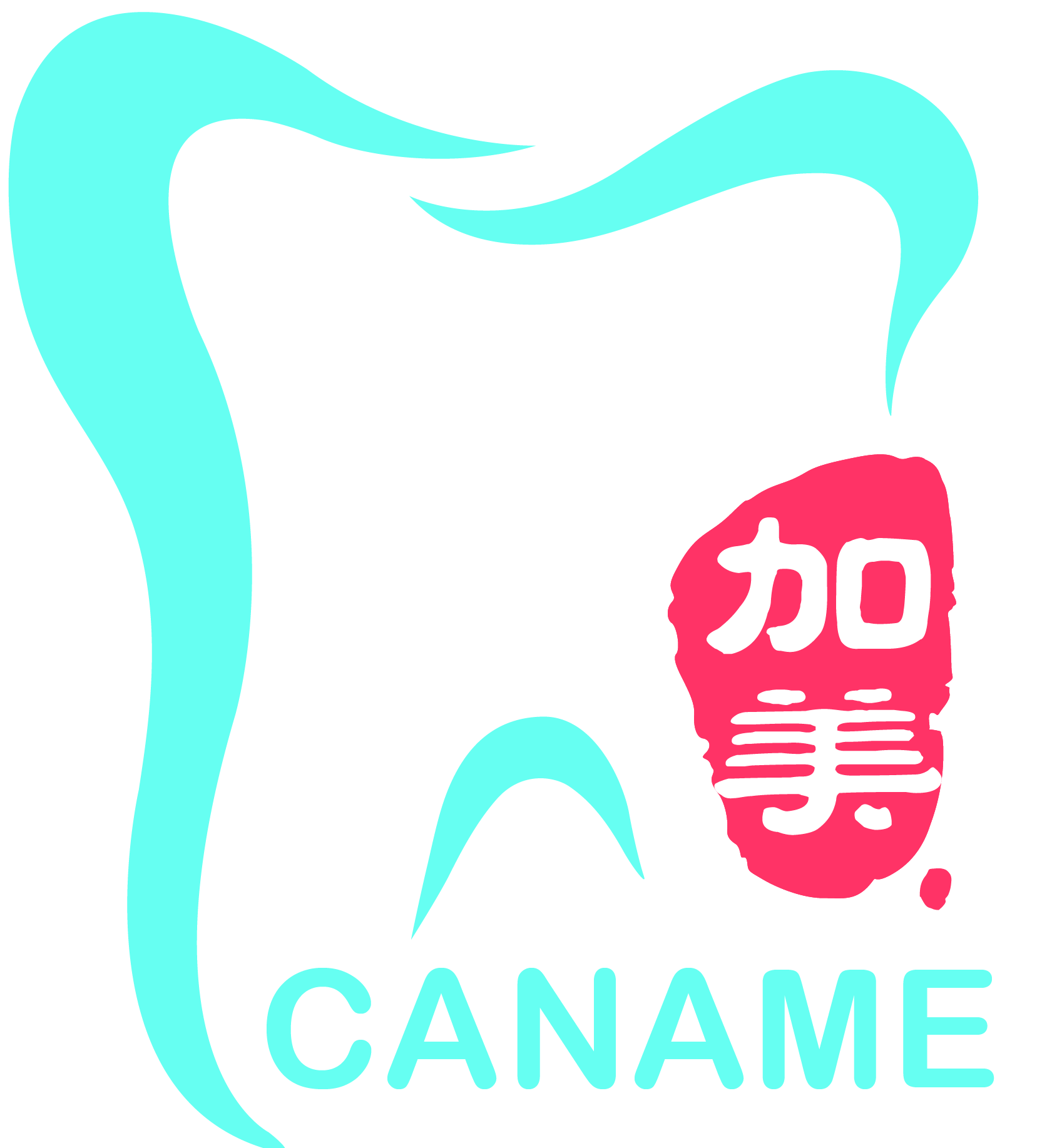Our Services
01.
Dental X-Rays
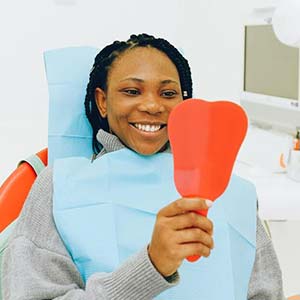
Digital sensors can capture detailed x-ray images at a fraction of the exposure time of traditional film X-rays. The technological advancements in x-ray technology offer multiple benefits, including safety and improved treatment results.
Benefits: Safety: Our digital x-ray system is up to 90% safer than older film-based systems. Time Savings: Digital sensors capture images instantly, reducing the time spent in the chair. Better Results: Our doctor’s ability to diagnose and treat diseases is enhanced by improved image clarity.
02.
Exams & Cleanings
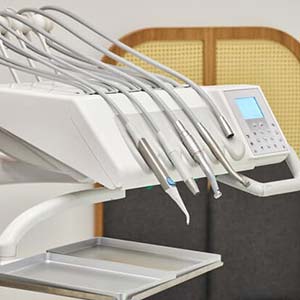
It’s very vital for optimal oral health with dental exam regularly, your any concerns that may arise with the dental health can be addressed early.While it is usually associated with things like cavities and loose fillings, a complete dental exam can also help detect abnormalities such as oral cancer.
Dental Exam
Our exam services including:
Periodontal exam (gums and jawbones)
X-ray (bone loss, cysts, tumors)
Throat and mouth examination
Occlusal exam (inspection of the bite)
TMJ exam (analyzing jaw joints)
Salivary exam
Dental Cleaning
Our cleaning services including:
Gum inflammation
Infectious diseases
Bad breath
Discomfort and bleeding
Ligament and bone loss
Loosening of teeth
03.
Cosmetic Dentistry
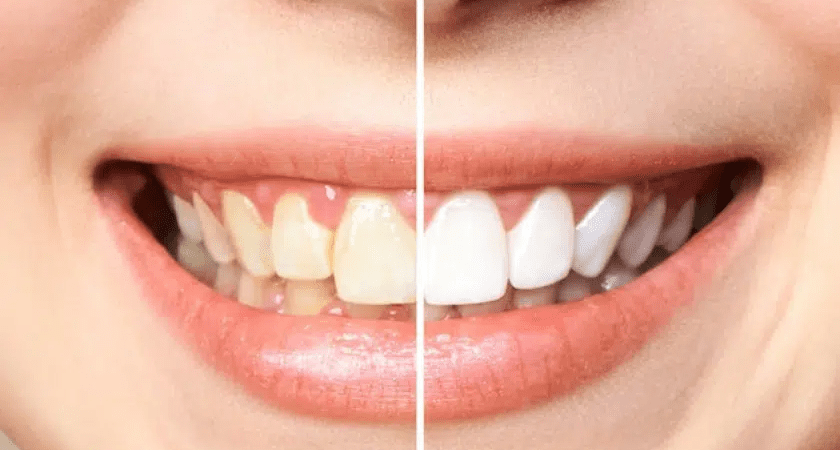
Tell us how you would like to change your smile and we will show you all of the options at your disposal. Whether you just want to brighten your pearly whites with a simple professional teeth whitening or have a complete make-over there is a personalized treatment plan that will work for you.
The many benefits of cosmetic dentistry:
- Healthy teeth are beautiful; Improve your overall oral health.
- Smile more easily with a self-confidence boost.
- Enjoy a more comfortable bite, chewing power, and less jaw strain.
- Improve the shape and appearance of your facial profile, jaw and lips.
- Restore your mouth to its natural state after tooth loss or damage.
04.
Teeth Straightening
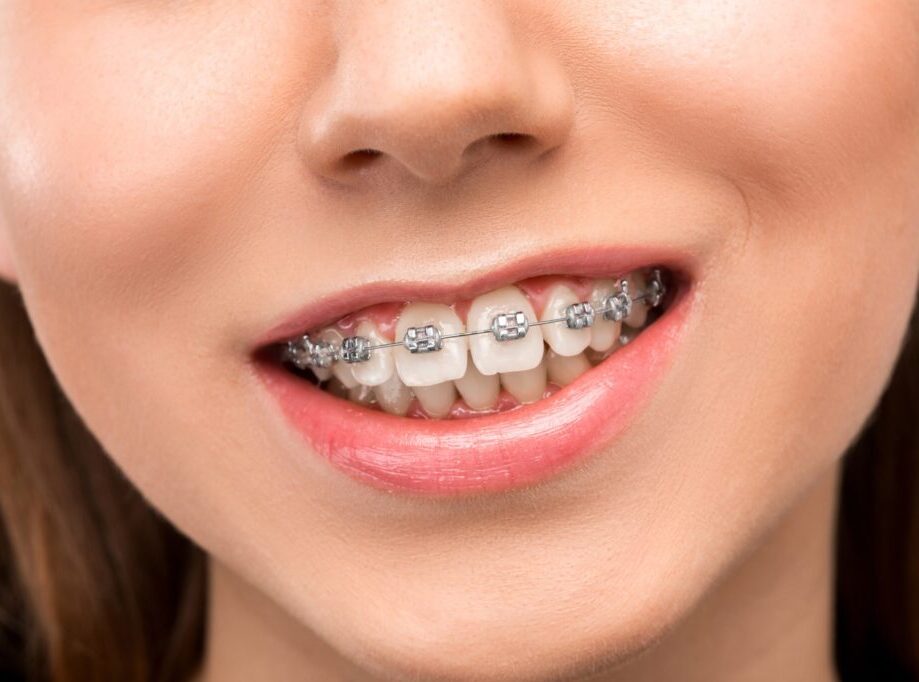

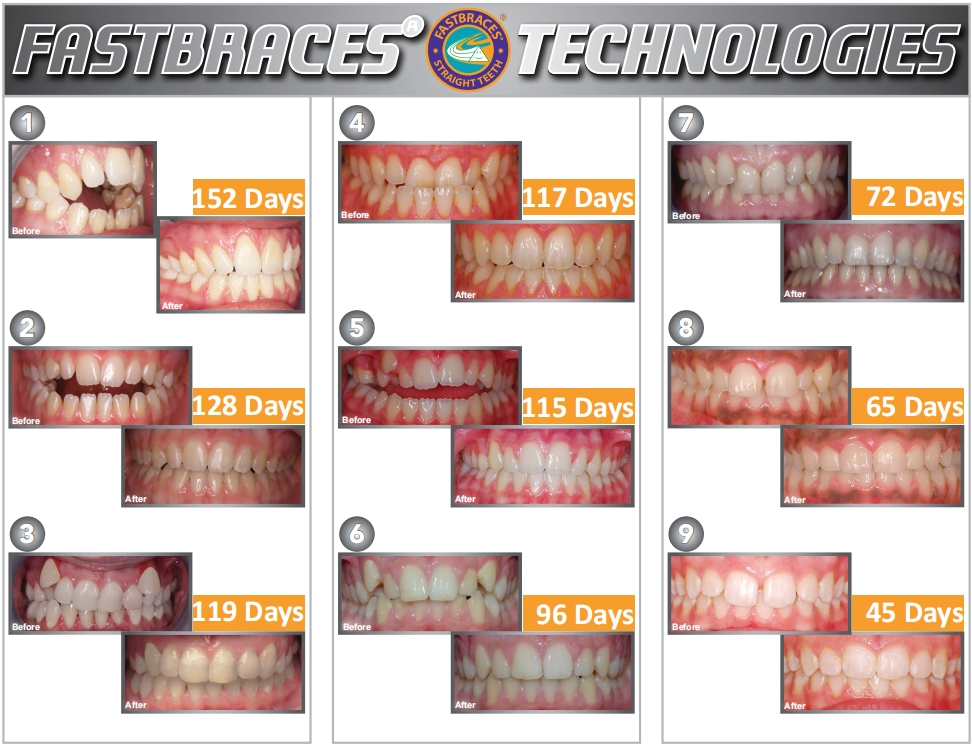
What is Teeth Straightening?
Teeth straightening is a common dental procedure that involves using tools or treatments to correct the alignment of teeth. Teeth straightening is most commonly used to improve the appearance of teeth, but it can also be used to correct orthodontic problems. There are several different types of teeth straighteners available on the market today, and each has its own benefits and drawbacks.
One popular type of tooth straightener is the electric tooth straightener. These devices use heat and/or pressure to help restore teeth’s natural alignment. Electric tooth straighteners are relatively easy to use, and they provide quick results. However, they can be a bit expensive, and they may not be suitable for everyone.
Another type of tooth straightener is the manual tooth straightener. Manual tooth straighter require you to use your hands to apply pressure and heat to the teeth. This type of straighter is less expensive than electric models, and it tends to produce better results than electric models. However, manual tooth straighter can be more difficult to use than electric models, and they may take longer to achieve results.
There are hybrid options available that combine elements of both manual and electric Straighteners.
05.
Root Canal Treatment
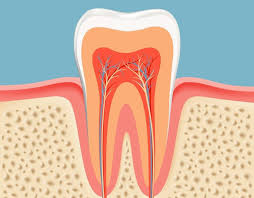
Saving Your Natural Tooth
In a root canal procedure, the pulp of the tooth (the living tissue inside) is removed and the resulting space is filled with special, medicated dental materials that restore the tooth to full function. Using root canal therapy not only preserves your natural tooth, extending its lifetime, it also protects and preserves the jaw bone and other supporting tissues around the tooth. Wherever possible, saving your natural tooth will also save you from more pain and expense down the road.
There are a number of signs that suggest root canal therapy may be necessary:
- Sensitivity to hot and cold.
- Severe toothache pain.
- Red or swollen gums near the tooth.
- Discolouration of the tooth.
- An abscess (or pimple) on the gums.
06.
Extractions
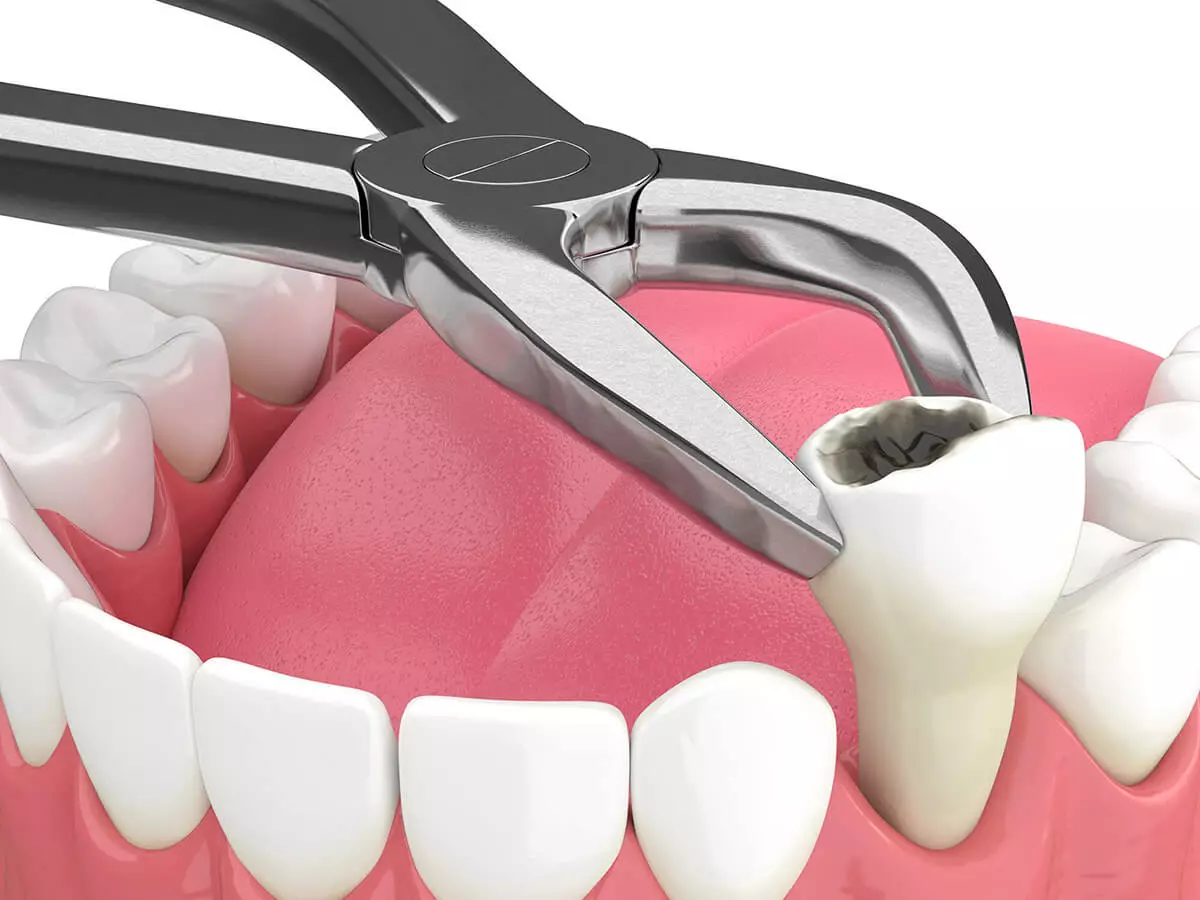
Whether you require standard tooth removal or more complex dental surgery, tooth extraction is a common procedure that can be performed with very little pain or discomfort.
Is Tooth Extraction Necessary?
There are many reasons a tooth extraction may be required, including (but not limited to):
- The extraction of baby teeth that have trouble exfoliating on their own.
- The extraction of teeth for orthodontic treatment.
- The extraction of teeth due to pain or infection.
- The extraction of a broken tooth.
However, tooth extraction may not be your only option. If you’re experiencing tooth pain, we may still be able to provide you with quick relief while saving your tooth in the process. But early detection is crucial.
Let us know if you are experiencing any of the following symptoms:
- Severe tooth pain.
- Pain that worsens with pressure or chewing.
- Jaw pain or stiffness.
- Swollen gums around the tooth or teeth.
- Signs of gum disease such as discolouration, bleeding or a bad odour.
07.
Teeth Whitening
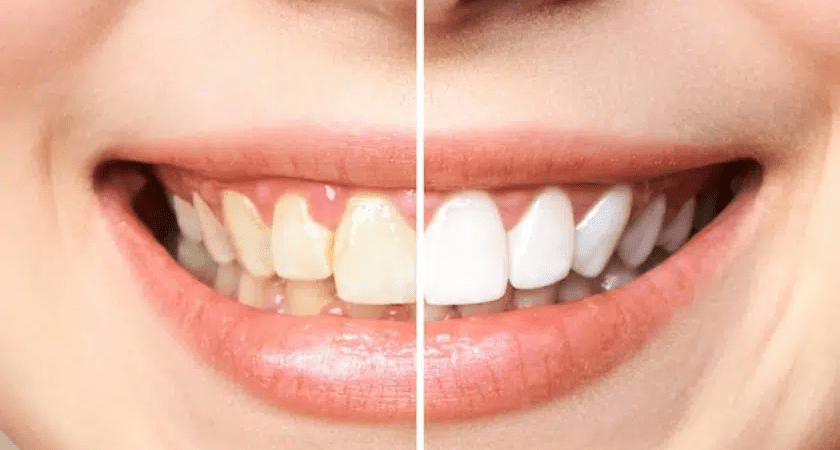
Help bring out the best in your smile in as little as one appointment and leave with noticeably whiter teeth.
What Would People Most Like To Change About Their Smiles?
They want whiter teeth.
Teeth whitening is the fastest and easiest way to restore your natural smile and make you feel more confident as you go about your daily life. It is a safe and effective way to get your teeth looking brighter and healthier. Having your teeth whitened with the care and guidance of professionals is the surest way to see the results you’re looking for and will result in a noticeably brighter smile in as little as one visit.
08.
Dental Implant
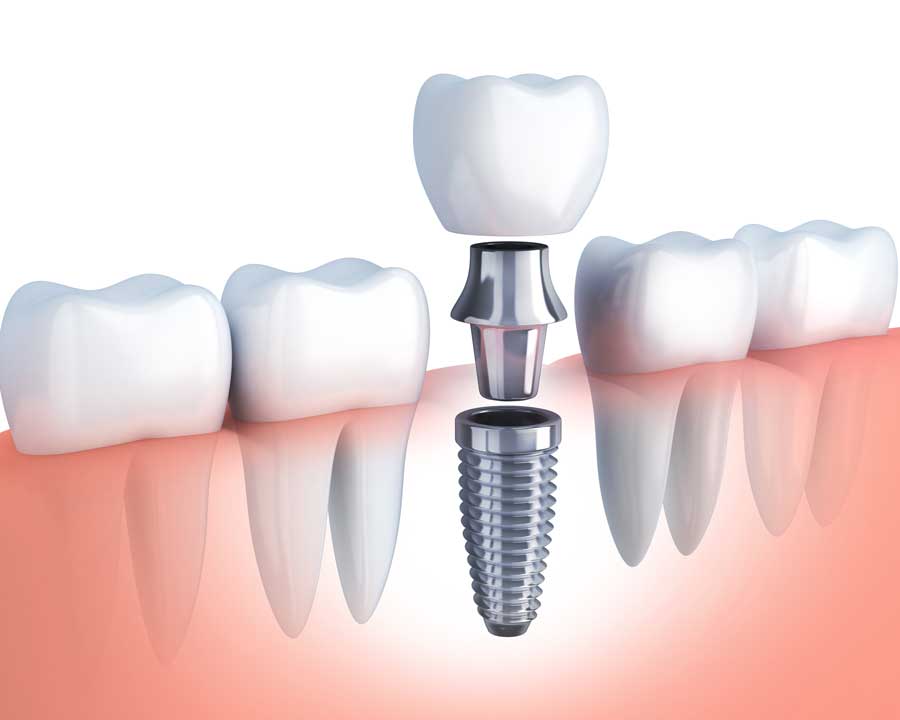
If you have a missing tooth and it is impacting your comfort or your confidence, a dental implant could be your solution. Dental implants have had a considerable impact on modern dentistry – offering a highly viable solution to replacing missing teeth. A dental implant is essentially an artificial tooth that is placed, or implanted, into your jaw where a dental crown is then capped on for a complete tooth that looks and even feels like a real tooth. The best part is that the new replacement tooth will function as seamlessly as your regular tooth.
09.
Wisdom Teeth Extraction
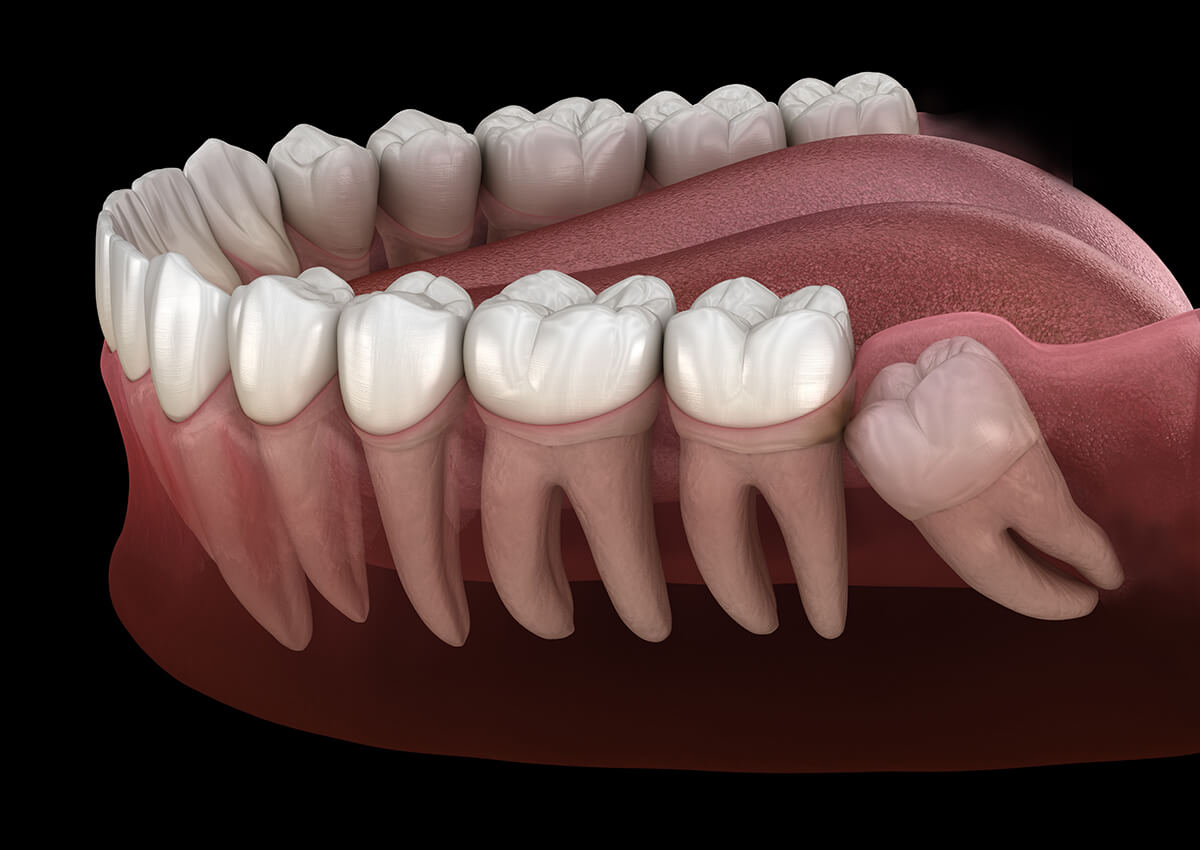
Wisdom tooth removal is very common, low risk and relatively pain-free process.
Symptoms To Watch Out For
Wisdom teeth are the 3rd and final set of permanent adult teeth to come in. They appear far back in the mouth on the top and bottom behind the second set of molars. Wisdom teeth usually erupt sometime between your late teens and mid-twenties but there are exceptions. Some people get theirs sooner or later and yet others don’t have wisdom teeth at all. Sometimes wisdom teeth come in without causing any immediate problems but there are many reasons why these teeth should come out.
When should wisdom teeth be removed? :
- They may be coming in crooked or become stuck against the neighbouring tooth.
- There might not be enough room and crowding can be painful and cause complications.
- In the wrong position, wisdom teeth can trap food or be impossible to clean, leading to decay.
- Impacted wisdom teeth become infected much more easily.
The Wisdom Tooth Removal Process
Wisdom teeth may be easily extracted by your dentist or require a common surgical procedure performed by an oral surgeon. After an examination, the dentist will have more information for you about the type of extraction you’ll need. You may have all 4 teeth removed at once or you may have them removed gradually at more than one appointment.
10.
Dental Emergency
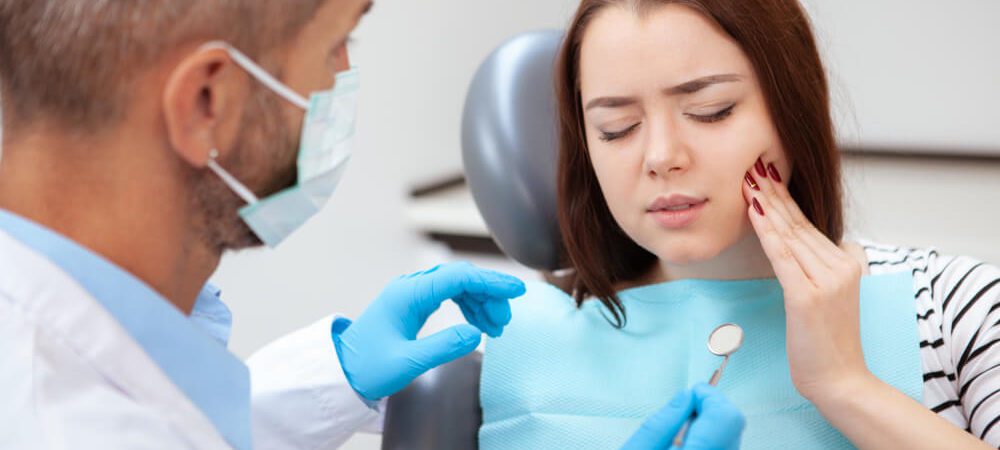
Dental emergencies can vary widely and require immediate attention to alleviate pain, prevent further complications, or address acute dental conditions. Our emergency dental care services include treatment for the following conditions:
1. Severe Toothache: Intense or persistent pain that could indicate an infection or abscess.
2. Chipped, Cracked, or Broken Teeth: Immediate care to prevent further damage or infection, and to alleviate pain.
3. Knocked-Out Tooth: Timely treatment is crucial to potentially re-implant the tooth successfully.
4. Lost Filling or Crown: To avoid discomfort and potential damage to the underlying tooth structure.
5. Dental Abscess: A serious infection at the tooth’s root or between the gum and a tooth, requiring urgent attention to prevent spread of infection.
6. Bleeding Gums: While mild bleeding can be normal, excessive or unexplained bleeding may need emergency care.
7. Soft Tissue Injuries: Injuries to the lips, gums, tongue, or cheeks that result in significant bleeding or trauma.
8. Jaw Pain or Injuries: Severe jaw pain or a jaw injury could signal various emergencies, including TMJ disorders or fractures.
9. Severe Swelling: Swelling in the mouth or facial area, especially if it impedes breathing or swallowing.
10. Dental Trauma Due to Accidents: Injuries resulting from accidents or sports that affect the teeth or mouth.
If you’re experiencing any of these dental emergencies or have a concern that requires immediate attention, please contact us as soon as possible. We’re here to provide prompt, compassionate care to address your emergency and alleviate your discomfort.
